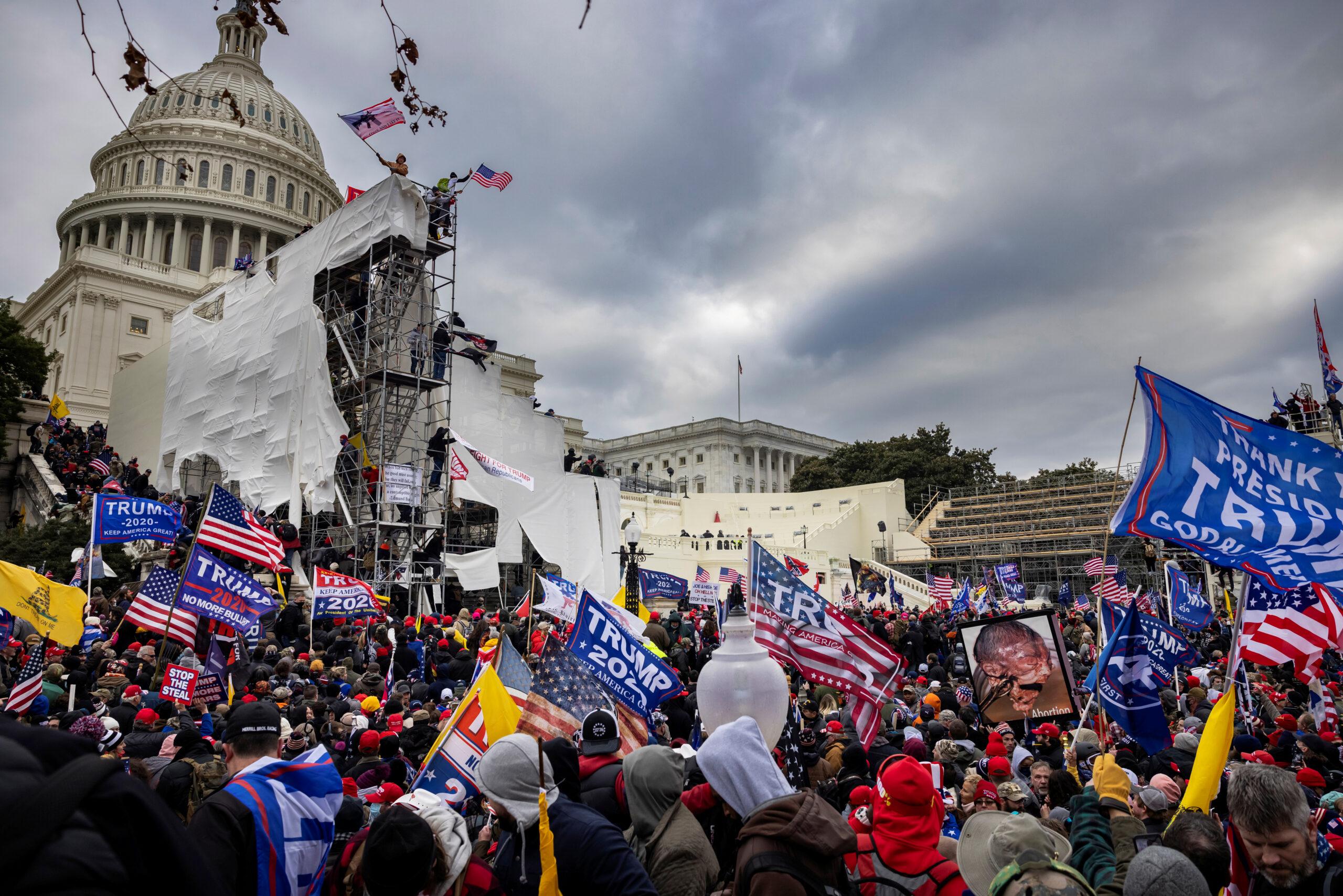Award shows have long been heralded as the ultimate celebration of cinematic excellence, where the brightest stars and most compelling stories are honored on glittering stages. Yet, beneath the glamour and applause lies a contentious debate: do these events genuinely reflect the pinnacle of filmmaking artistry, or are they swayed by industry politics, commercial interests, and cultural biases? This article delves into the intricate dynamics of award shows, scrutinizing their criteria, decision-making processes, and historical trends to assess whether they truly capture the essence of the best in film. With a confident lens, we aim to unravel the complexities and illuminate the reality behind the accolades.
Award Show Criteria: Analyzing Selection Processes
Understanding the intricacies of how award shows determine their winners is crucial to evaluating whether they truly honor the pinnacle of filmmaking. The selection processes often involve a blend of industry professionals, critics, and sometimes public votes. Each group brings its own biases and preferences, which can skew results away from a purely merit-based outcome. Industry professionals might favor films that showcase technical prowess or innovation, while critics could lean towards narrative depth and thematic richness. Public votes, on the other hand, often reflect popularity rather than artistic achievement.
The criteria used by different award shows can vary significantly, impacting their perceived legitimacy. Common factors include:
- Technical Excellence: Recognizing outstanding achievements in areas such as cinematography, editing, and sound design.
- Artistic Merit: Evaluating the narrative strength, direction, and emotional impact of the film.
- Innovation: Highlighting groundbreaking approaches or new techniques in filmmaking.
- Cultural Impact: Considering the film’s influence on society and its ability to resonate with diverse audiences.
By dissecting these elements, we gain insight into the complex and often subjective nature of award show selections, prompting us to question their role as the ultimate arbiters of cinematic excellence.

Diversity and Inclusion: Reflecting True Talent
In the ever-evolving landscape of filmmaking, award shows have often faced scrutiny for their ability to truly represent the diverse tapestry of talent. While these ceremonies aim to celebrate excellence, their selections frequently highlight systemic gaps in representation. The absence of diversity in nominations can suggest a narrow definition of what constitutes “best,” often overlooking groundbreaking contributions from underrepresented voices.
- Underrepresentation of marginalized communities: Despite the industry’s diverse talent pool, award nominations frequently skew towards a homogeneous group, raising questions about the selection process.
- Bias in storytelling recognition: Films that challenge traditional narratives or spotlight minority experiences are often sidelined, reflecting a bias that impacts who gets celebrated.
- Impact on industry standards: The lack of inclusivity not only affects those overlooked but also sets a precedent for what is considered worthy of acclaim, perpetuating a cycle of exclusion.
For award shows to genuinely reflect the best in filmmaking, they must embrace a more inclusive approach, recognizing the rich diversity of stories and talents that shape the cinematic world. Only then can these events claim to honor the true breadth of artistic achievement.

The Influence of Politics and Marketing on Awards
The glittering allure of award shows often masks the intricate dance between politics and marketing that influences the selection process. These events are not just a celebration of cinematic excellence but also a battleground for studios and filmmakers vying for prestige. Behind the scenes, strategic campaigns are meticulously crafted, with studios investing heavily in “For Your Consideration” ads to sway voters. This marketing blitz can overshadow genuine artistic merit, favoring films with larger promotional budgets.
- Lobbying: Influential industry figures often engage in lobbying, swaying votes through personal connections.
- Voter Demographics: The composition of voting bodies can skew results, reflecting biases and preferences that may not align with broader public opinion.
- Political Statements: Awards can also be influenced by the political climate, with films that align with current social issues gaining traction.
While these factors don’t necessarily diminish the achievements of winners, they do raise questions about whether awards truly reflect the best in filmmaking or merely the most strategically marketed and politically aligned contenders.

Enhancing Transparency: Recommendations for Authentic Recognition
To ensure that award shows genuinely mirror the pinnacle of filmmaking, a few strategic measures can be adopted. Firstly, expanding the voting body to include a more diverse range of voices is crucial. By incorporating a broader spectrum of professionals from various facets of the industry, awards can better represent the rich tapestry of filmmaking talent. Furthermore, the process should be transparent, with clear criteria for how films and performances are evaluated, ensuring that the decision-making is both understandable and fair.
- Public Access to Criteria: Make the judging criteria publicly accessible to demystify the selection process.
- Increased Inclusivity: Encourage the inclusion of independent and international films, offering a more comprehensive view of global cinema.
- Annual Review: Implement an annual review of the selection process to adapt to changing industry dynamics and maintain relevance.
By adopting these practices, award shows can strive to be more than just a spectacle; they can serve as a genuine reflection of excellence, honoring those who push the boundaries of storytelling and creativity.

